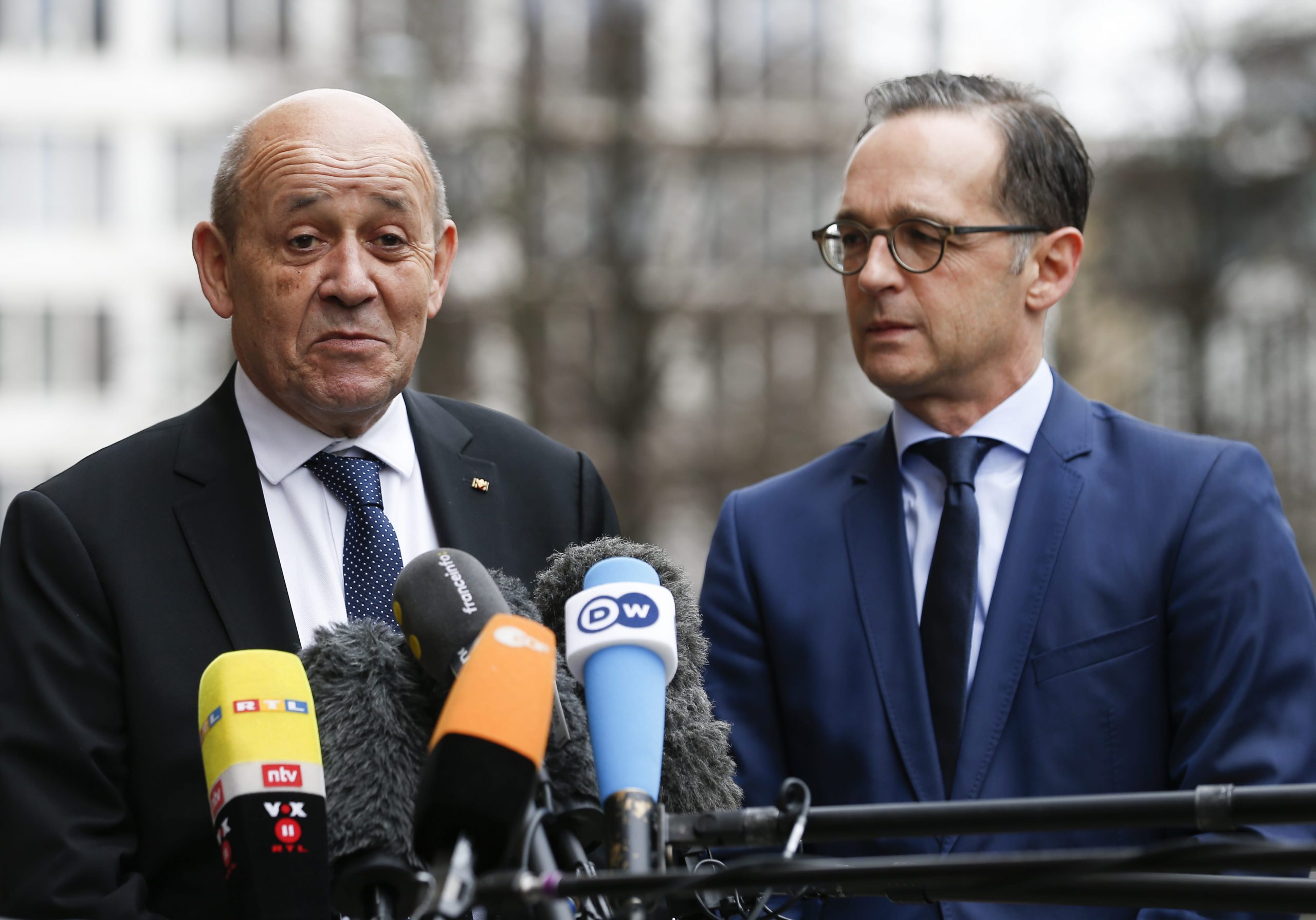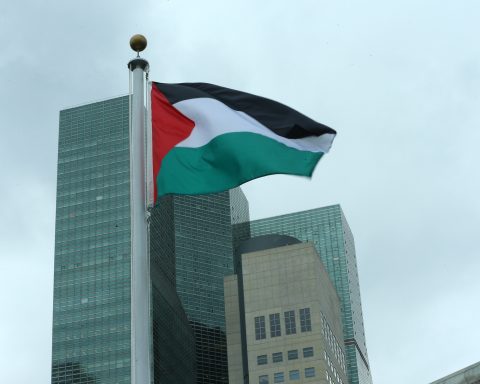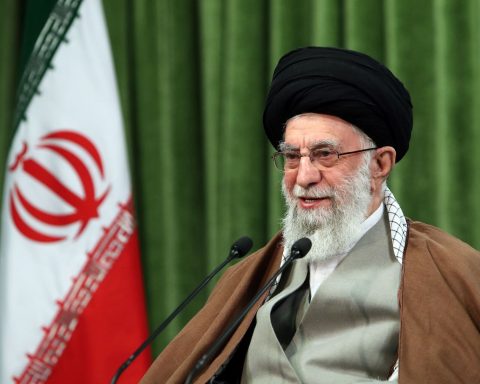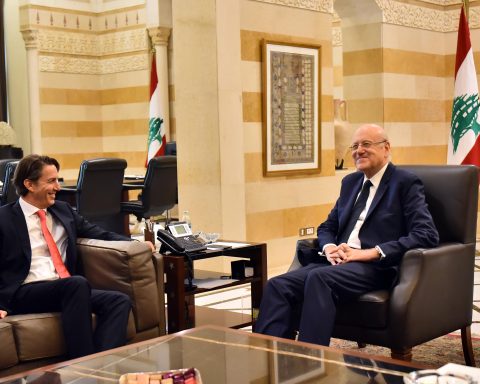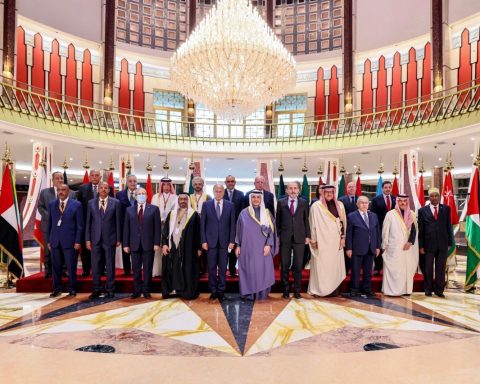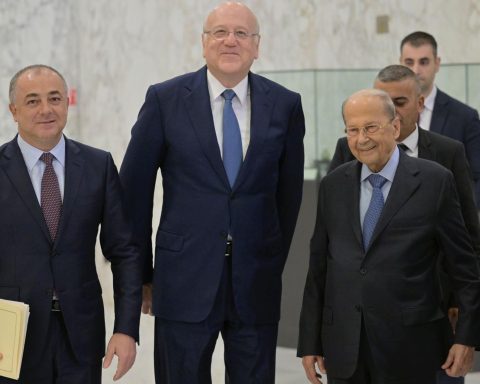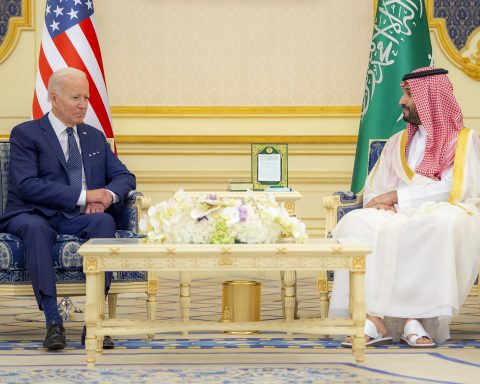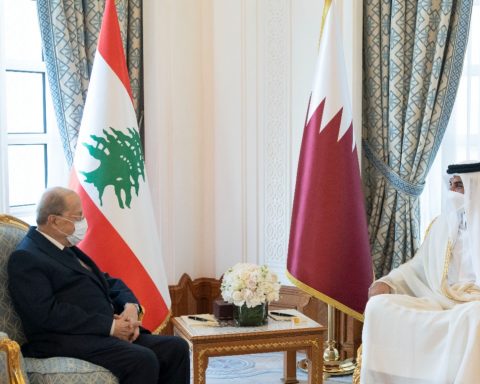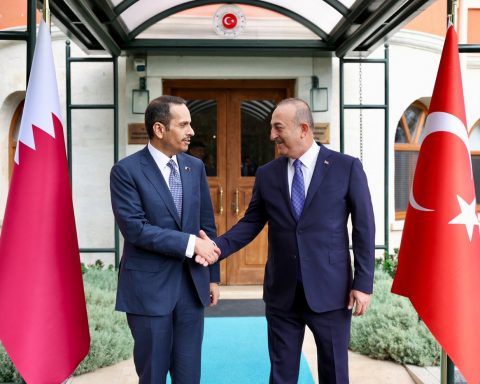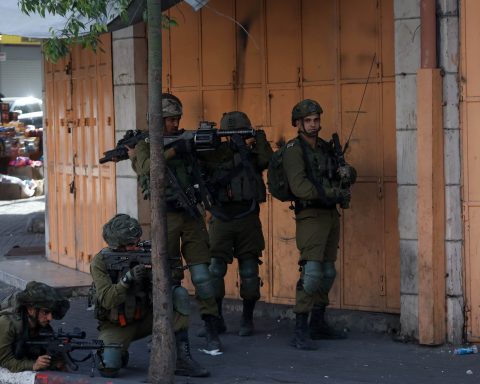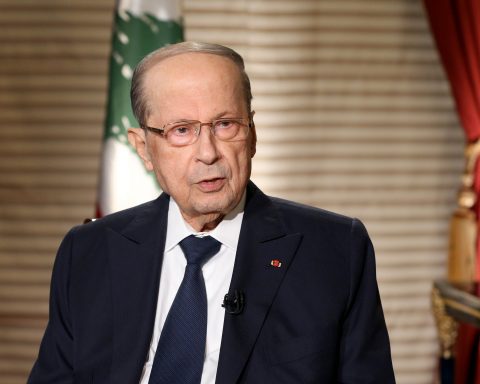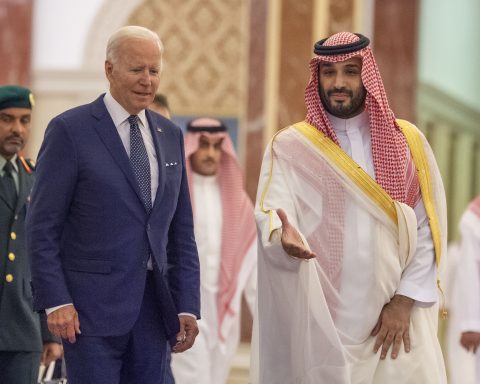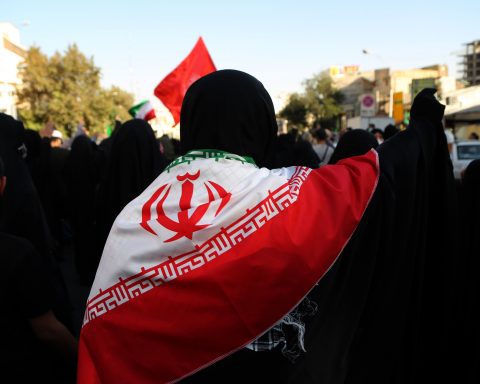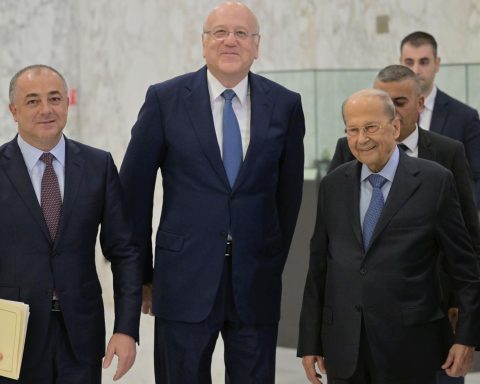On Thursday, French, German, Egyptian, and Jordanian Foreign Ministers met in Paris to discuss several issues related to the Middle East. Upcoming elections in Palestine and Israel as well as peace efforts between the two countries was at the top of the agenda. After the meeting, top diplomats attended a joint news conference. Here, French Foreign Minister Jean-Yves Le Drian stated that another meeting will be set up with Israeli and Palestinian officials to negotiate trust-building efforts. Le Drian also pointed out the importance of upcoming elections in Palestine and Israel.
Speaking at the conference, German Foreign Minister Heiko Maas reiterated the new US administration’s stance supporting a two-state solution in the region. Maas considered this as a positive move. The US statement that it would oppose any move that threatens a two-state solution is a constructive message and a signal that we are close to reaching there, Heiko Maas added.
Besides, Egyptian Foreign Minister Sameh Shoukry referred to the importance of resuming peace talks between Palestine and Israel. He stated that this issue is particularly significant from the perspective of the Palestinian people who “deserve to have the rights restored and have been mercilessly debarred from their rights”.
For his part, Jordanian Foreign Minister Ayman Safadi also highlighted the importance of the new US administration’s stance regarding the Israel-Palestinian issue. He also evaluated this stance as a positive signal and estimated that there will be good relations with the US in this matter. To reaching peace between the two states as well as in the region, Safadi stated that the first thing that should be done is ensuring to end Israeli illegal moves, including illegal new settlements and destruction of existing structures in the region.

